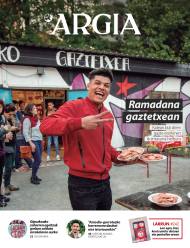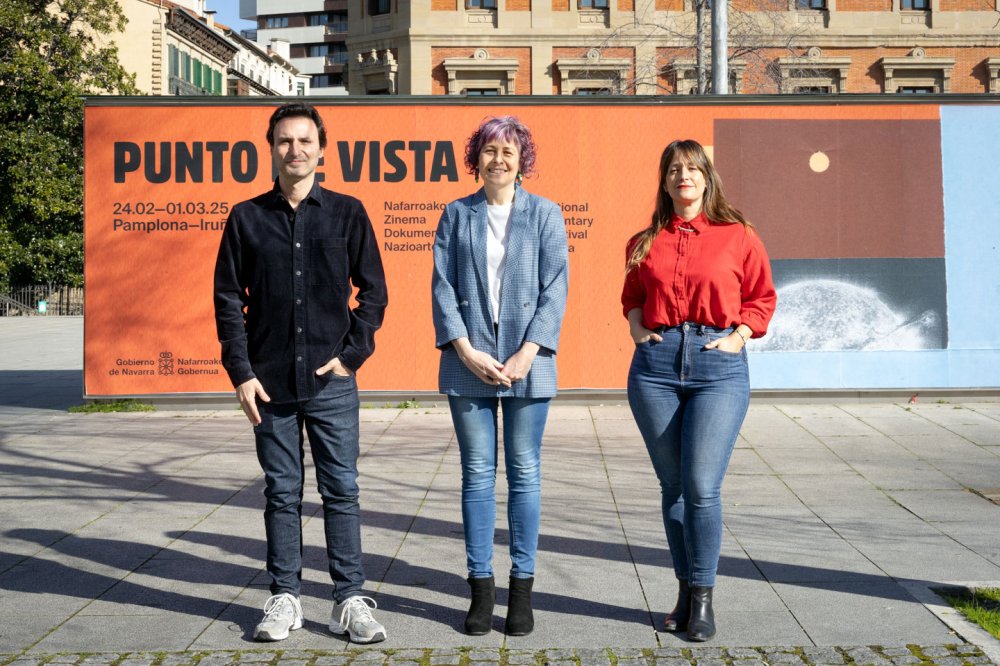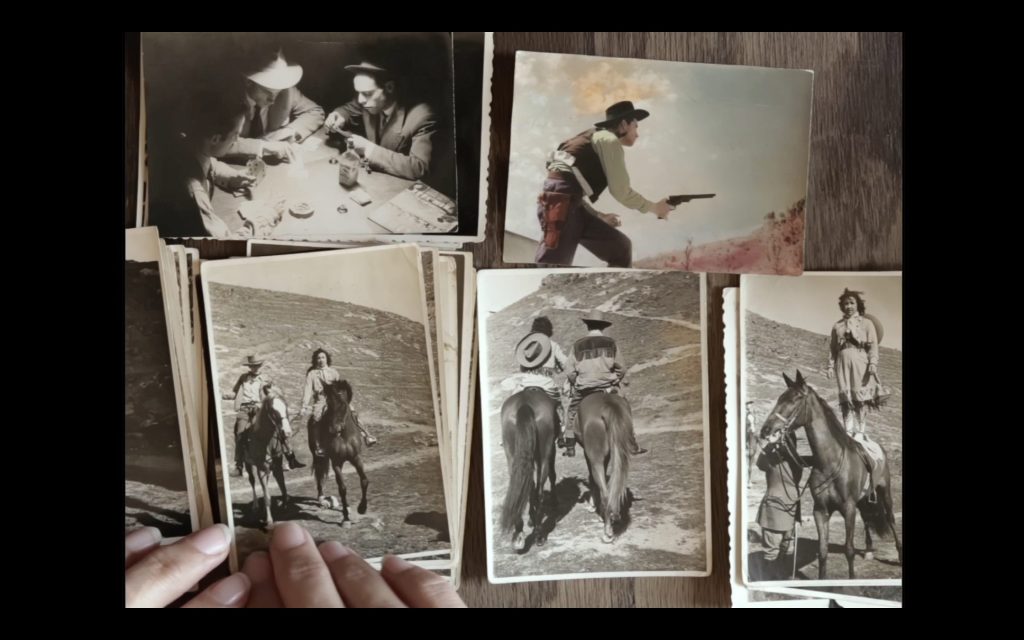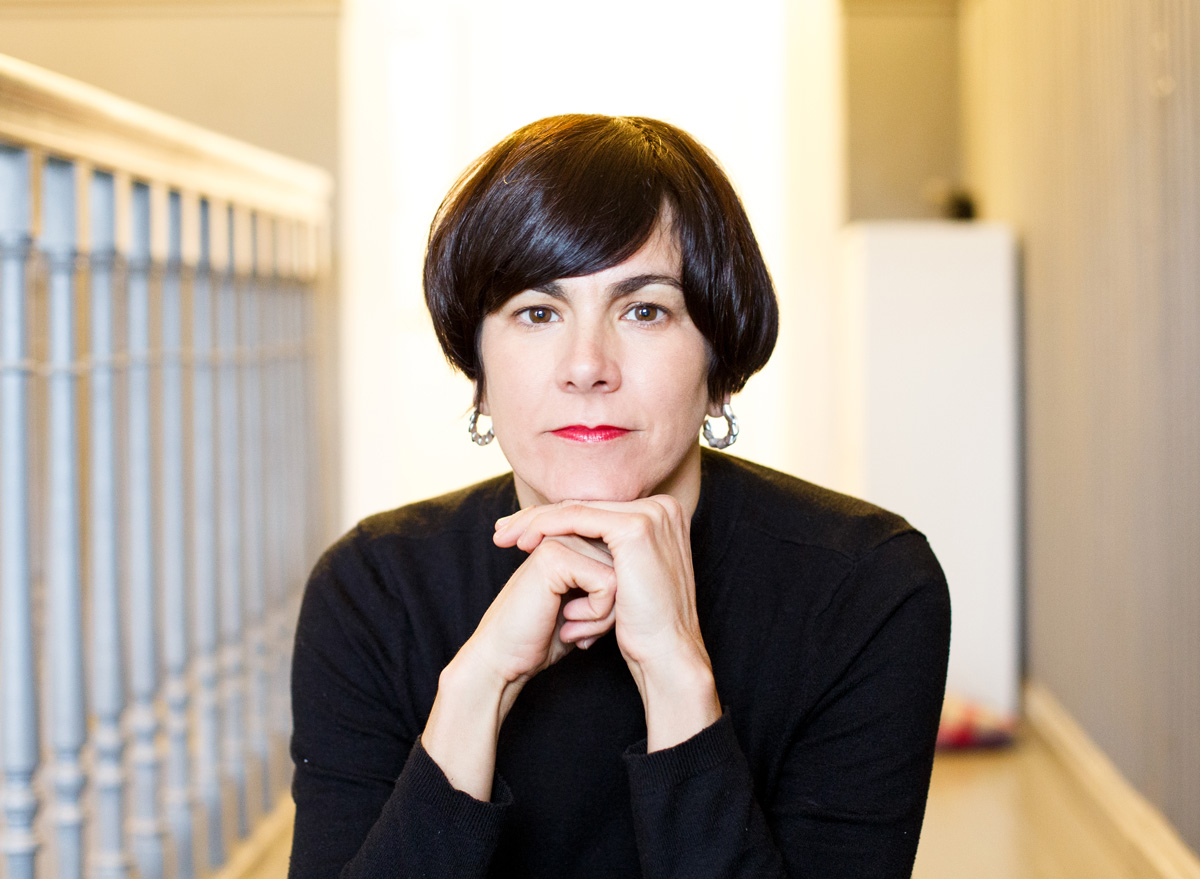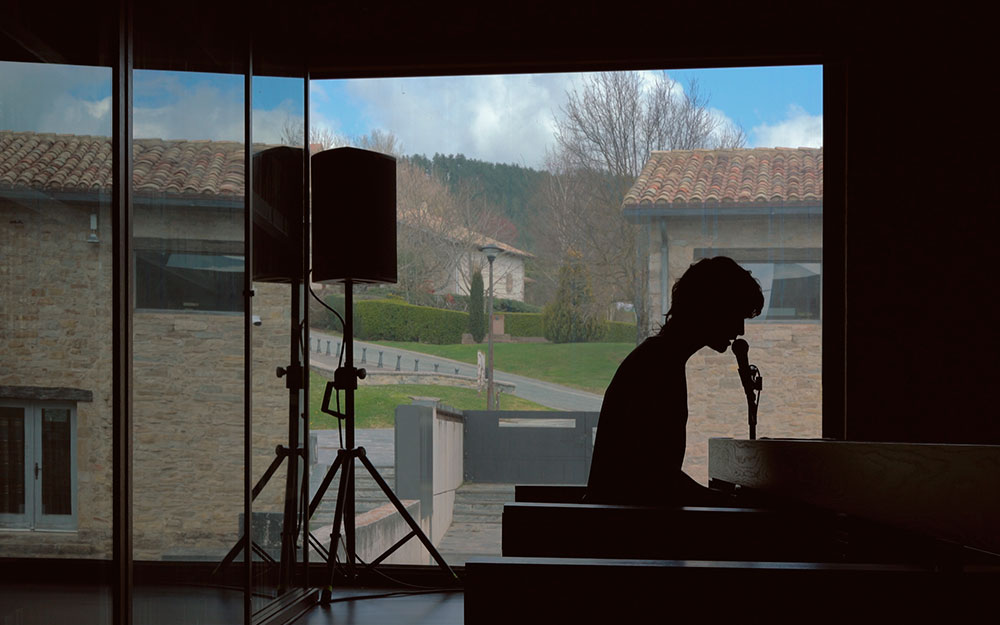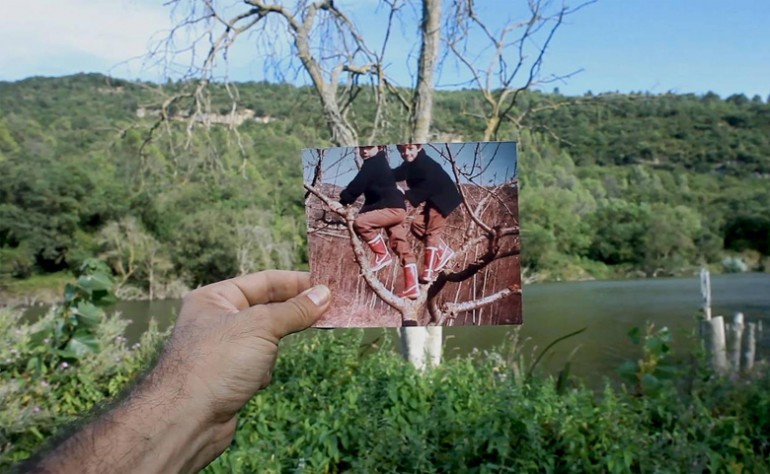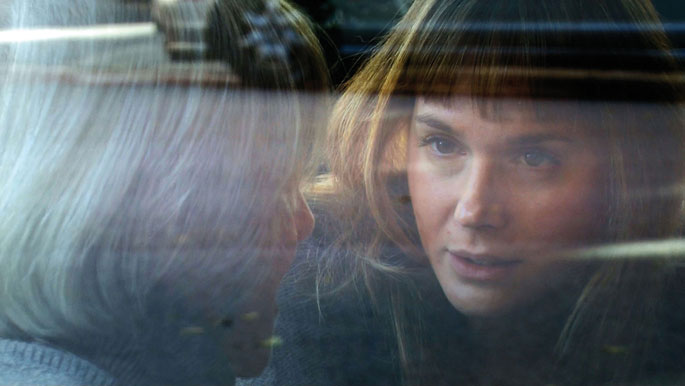Winter scars
- Jorge Moneo Quintana premiered Orbainas at the International Documentary Film Festival of Navarra Punto de Vista. The Filmadrid Film Festival, held in Madrid, will be held in early June. The 29-minute work explores the traces that our recent history has left over time.

“Whoever does not understand the cruel and absurd character of history will not even understand the passion to make sense of history”: The quote by Nietzsche determines the proposal made by the Gasteiztarra director to look at his work and, in passing, the recognition of principles. If we belong to the first group of the phrase, perhaps we will not capture the need for the film; those of us who do not belong to that group, however, we will be forced to undress. Even if it's to make sense.
The images of the film are taken off through testimonies about the Uncle, the Father and the Son. Both the archival material and the video images produced by the director have as their object the same scenario: the landscape of the Goierri, transformed by the events of the last century, in a physical and psychological sense. The images start from what you see, the voices of what you don't see. Moneo creates the counter with which one is added to each other. The three characters taken as the axis are the same family members who have been kidnapped, tortured, murdered, denounced or expropriated in our families and, therefore, we have how to express the testimonies. In the living flesh that has left the conflict, how can the new images be put above the wounds? The film is completed with the ‘files’ that each one of us carries and is rebuilt with each projection.
Winter. Nevadas are the first images of the film, mountains and blanched quarries. Exterior and interior winter. And the cold environment becomes the same movie and the viewer. These include summer parties, dances and songs, which are essential to talk about identity. But summer doesn't warm up, and songs don't have a joyful atmosphere. Parties bring air, rest. The ceasefire of the testimonies, if you will. But only enough to endure winter again. Episode from winter to winter. Ensure the winter itself. And then again the cold.
I remember the crude winter of Laboa, between Brecthen Broadway and 26th Street. And his man’s attempt to seek refuge every night “for the nudes.” Reflections that follow: that the world remains the same, but that for one night, at least a few have room to sleep. I don't know if these spots can undergo these kinds of changes even if they're covered. Maybe not. Yes, as a refuge for one night, create a space to undress. Show injuries and collect memories. Even though ‘the snow that was going to him is still on the street’.
Beyond the landscapes of yesterday and today, the search for meaning of the past can serve to think about the future and, thus, give a push to appropriate our upcoming ‘archives’. Starting from the movie. And so be nephew, grandson and descendant.
Otsailaren 24tik eta martxoaren 1era bitartean, astebetez 60 lan proiektatuko dituzte Punto de Vista zinema dokumentalaren jaialdian. Hamar film luze eta zazpi labur lehiatuko dira Sail Ofizialean; tartean mundu mailako lau estreinaldi eta Maddi Barber eta Marina Lameiro... [+]
Martxoaren 2an zabalduko dizkio ateak Iruñeak zinema dokumentalari eta hilaren 7ra arte gertuko eta urruneko obrak bilduko ditu Punto de Vista jaialdiak ikuspegi kritiko, sortzaile eta esperimentalez. Aste osoan egongo dira ikusgai lan ugari, baita zinemarekin zerikusia... [+]
René Le Henaff zuzendariak hiru dimentsioen teknikarekin esperimentatzeko Euskal Herrian grabatu zuen filma aurkitu du Josu Martinez zinegile eta ikerlari bilbotarrak. Euskadi filmaren lau emanaldi egingo dituzte martxoan, Bilbon, Iruñean, Donostian eta Baionan.
Oskar Alegriak Punto de Vista –lagunartean Ikuspuntu– zinema dokumental jaialdiko zuzendaritza artistikoa utziko du aurtengo edizioaren ondoren. Hala iragarri du jaialdiak bere webgunearen bitartez, programazioaren berri ematearekin batera. Emak Bakia baita filmaren... [+]
The Punto de Vista festival of Pamplona/Iruña last Saturday offered the director José Luis Guerin almost all day, before the closing of the tenth edition. In the morning he presented L’Accademia delle muse with good entry: “We’ve met more people than at the PNV event and... [+]
Guillermo Moncayo kolonbiarrak zuzenduriko Echo Chamber filmak lortu du dokumental onenaren saria, Ikuspuntu Nafarroako Zinema Dokumentalaren Nazioarteko Jaialdian.









